Everyone loves desserts. Cakes, candies, and sweet treats make us happy. But did you know that some desserts were actually banned in history? Yes, it’s true! Some of your favorite sweets were once not allowed. Let’s find out why these desserts were banned, with real facts and examples.
1Absinthe Ice Cream – Too Dangerous!
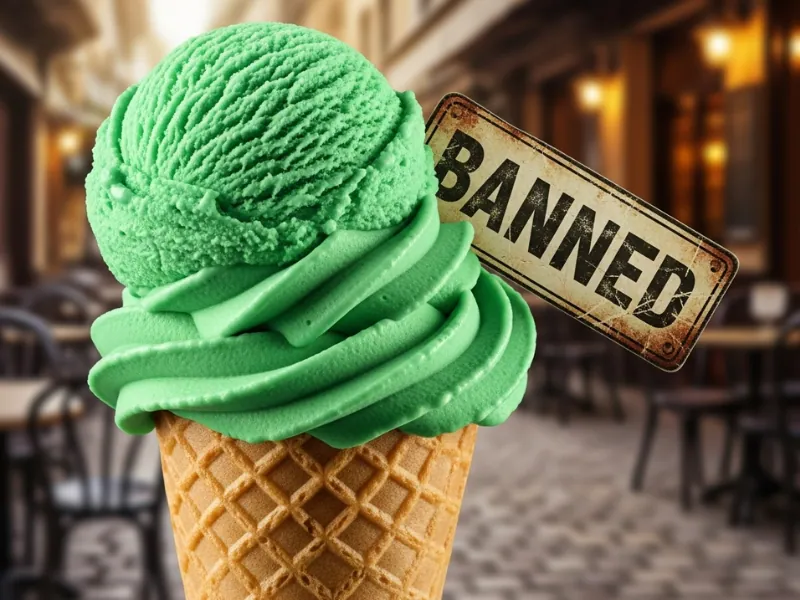
Absinthe is a strong drink made from plants. Long ago, people made ice cream with absinthe. It was green and looked very cool. But absinthe has a chemical called thujone. This chemical can make people feel dizzy or even see things that are not real.
Fact: In 1915, countries like France and the United States banned absinthe because they thought it was dangerous for health.
When absinthe was banned, any dessert made with it, like absinthe ice cream, was also not allowed in these countries.
2Kinder Surprise Eggs – A Toy Inside!
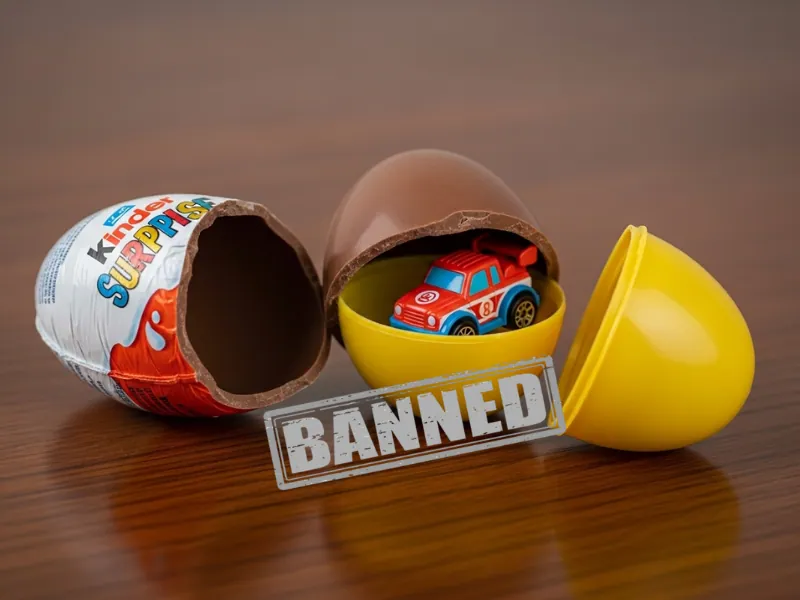
Kinder Surprise Eggs are chocolate eggs with a small toy inside. Kids love them! But in the United States, these eggs were banned.
Fact: The U.S. Food and Drug Administration (FDA) banned Kinder Surprise Eggs in 1938. The law says you cannot put toys or non-food items inside food because it can be a choking hazard for children.
If you try to bring a Kinder Egg into the USA, it can be taken away at the airport! Want to know more weird U.S. food laws? You’ll be surprised at what’s still illegal.
3Saffron Rice Pudding – Too Expensive for Some
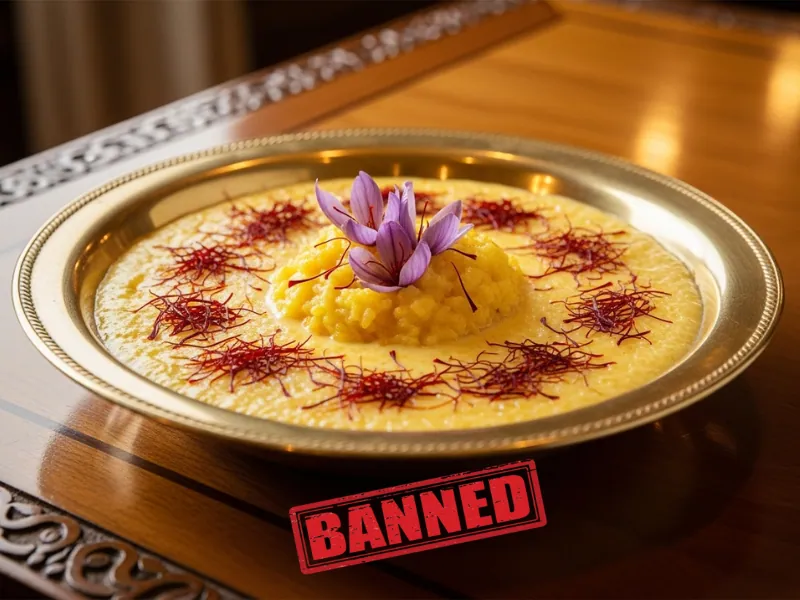
Saffron is a spice that is very expensive. In the past, some kings and queens loved saffron rice pudding. But it was so costly that only rich people could eat it.
Fact: In 15th-century England, there were rules that only rich or royal people could use saffron in their food.
In some places, if a normal person was caught eating saffron desserts, they could be fined or punished.
4Chewing Gum in Singapore – Sticky Problem
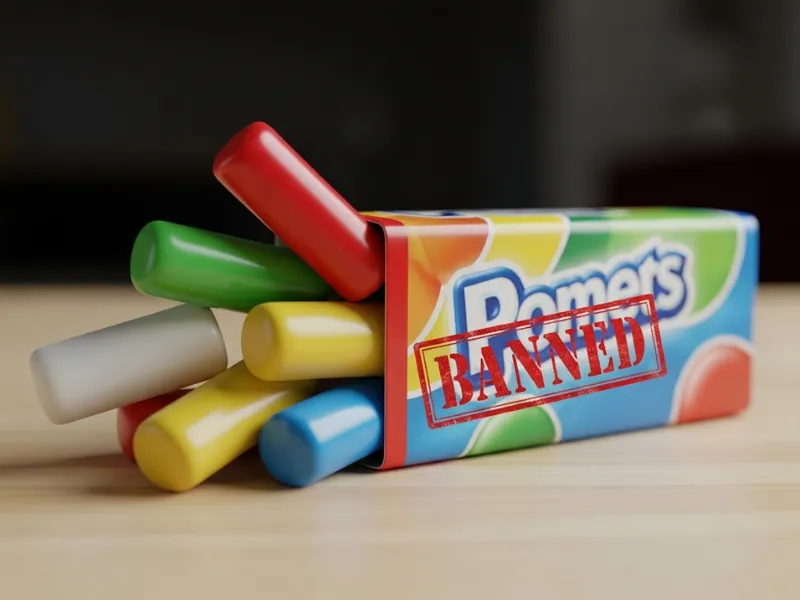
Chewing gum is not really a dessert, but many people eat it as a sweet treat. In Singapore, chewing gum was banned in 1992.
Fact: The government banned gum because people were sticking it everywhere, making the city dirty and causing problems on trains.
If you bring chewing gum into Singapore, you can be fined up to $1000 for the first time! You can read the official Singapore government page on this policy here.
5Jellied Moose Nose – Too Strange!
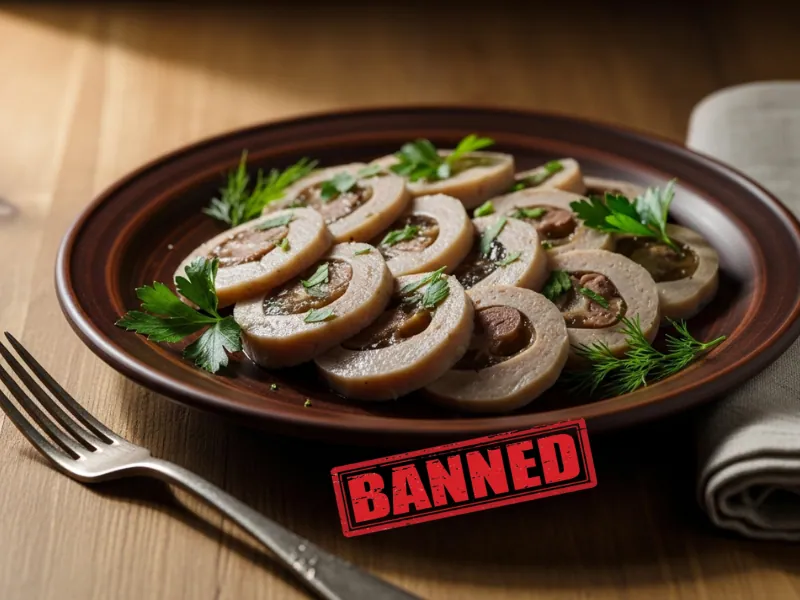
In some places in Canada, people made a dessert called jellied moose nose. Yes, it’s made from the nose of a moose! It sounds strange, but it was a real dish.
Fact: Some health officials thought it was not safe to eat because it could carry diseases.
In some Canadian provinces, selling or making jellied moose nose was banned to protect people’s health.
Why Were These Desserts Banned?
Most desserts were banned because of safety, health, or money. Some had dangerous ingredients. Some were too expensive. Others were just too messy! But one thing is clear: people love desserts so much that they always find new ways to enjoy sweet treats.
Final Thoughts
Desserts are fun and delicious, but sometimes they can cause problems. Next time you eat your favorite sweet, remember – it might have been banned in the past! Isn’t that interesting?

